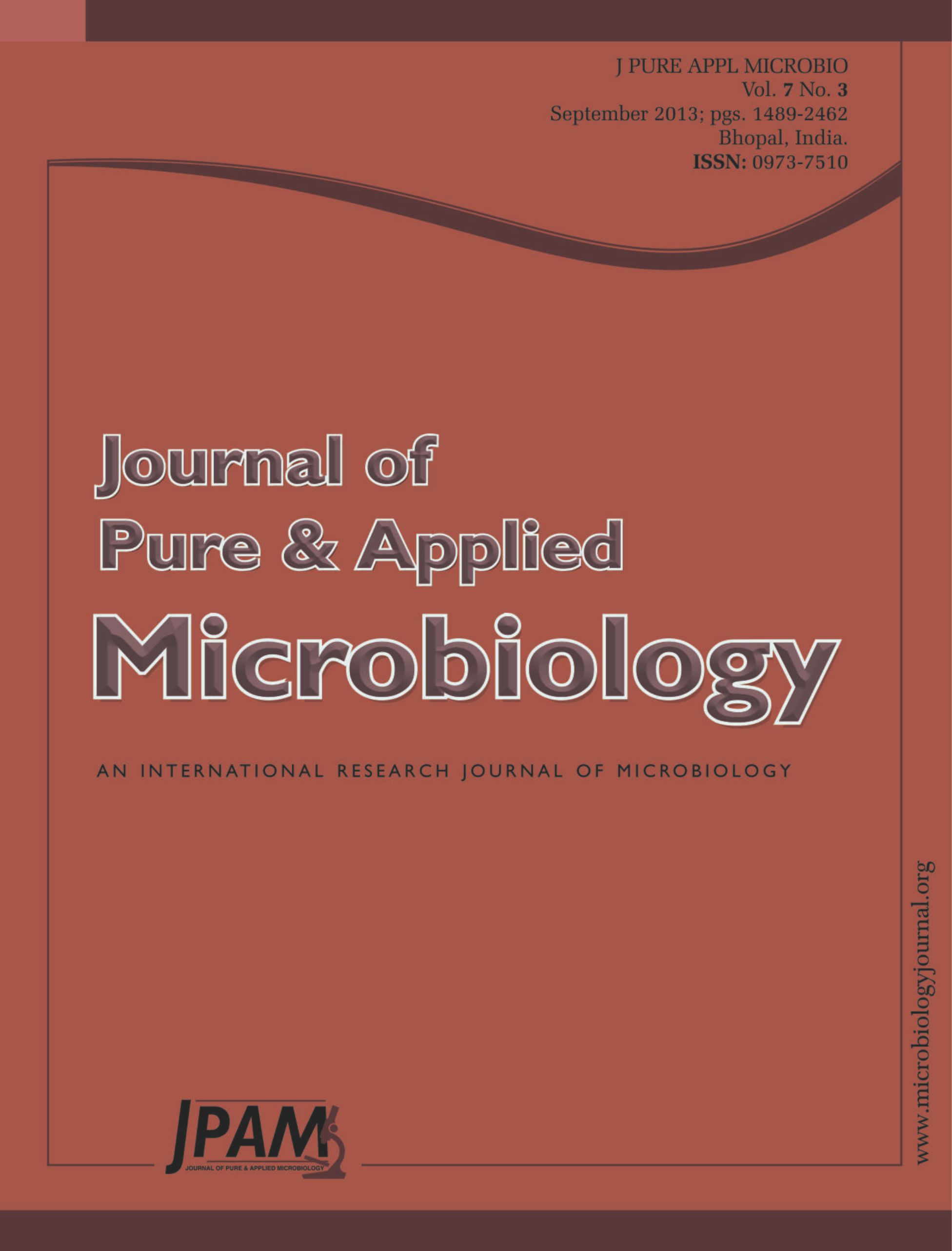The association of Helicobacter pylori with gastroduodenal diseases is well established. The mode of transmission of the organism is still unclear, although the faecal-oral route has been proposed. H. pylori has been detected in gastric antrum, dental plaques, faeces and water. In the light of these studies we attempted to detect H. pylori in antral biopsies, dental plaques, and stool specimens of patients who were suffering from upper GI complaints. These patients resided in Mumbai city, India. Clinical specimens from different sources were subjected to RUT, Culture, Histopathology and Polymerase chain reaction (PCR). We found H. pylori in antral biopsies and faeces by culture and PCR but absent in dental plaques. Therefore, faecal-oral is the possible route of transmission of this bacterium. Dental plaque may not be a permanent reservoir of this bacterium because this organism needs strict microaerophilic conditions to survive.
Helicobacter pylori, PCR, faeces, HPU, VacA, CagA
© The Author(s) 2014. Open Access. This article is distributed under the terms of the Creative Commons Attribution 4.0 International License which permits unrestricted use, sharing, distribution, and reproduction in any medium, provided you give appropriate credit to the original author(s) and the source, provide a link to the Creative Commons license, and indicate if changes were made.


